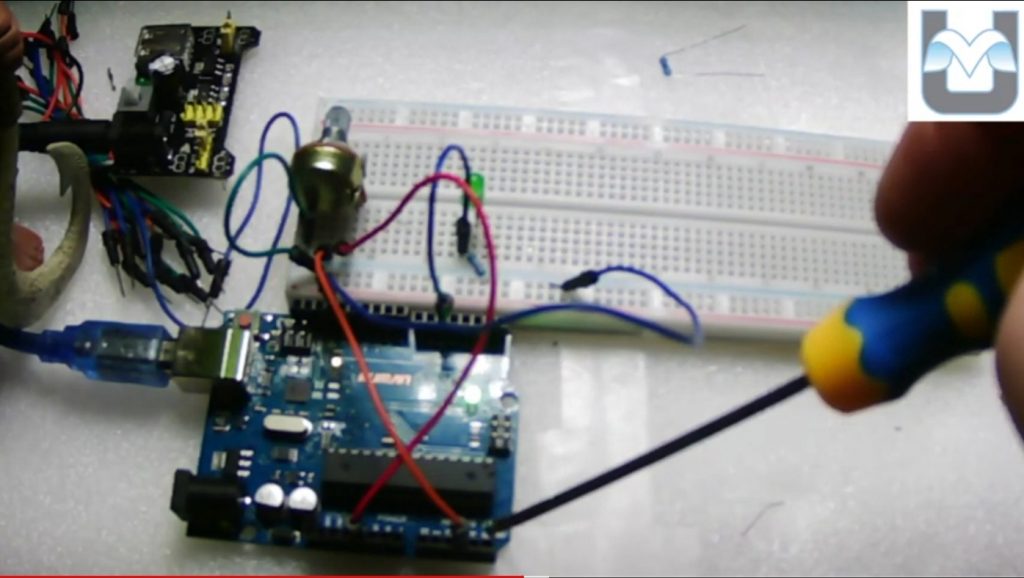So in all of this talk about open technologies I was able to run a search and find exactly one instance of “Arduino”.

Now in my mind the now ubiquitous Arduino will always be the bringer of change in open sourcing educational technology hardware.
In the Beginning
When I started my career in Robotics education we used Basic Stamp (BS2) boards that were an effective way of teaching about how electronic technology worked, but were cost prohibitive and very difficult to acquire. One would need to convince a non-technological principal of their value, and then assure said principal that you would not go seeking another job in the long term future so that the ability to use them was not lost.
Then along came the Arduino a low cost, open-sourced programmable microcontroller with a community of supporters online doing all sorts of ridiculous things with it and telling you about how to do those things yourself. The early days of Instructables were rife with projects like the selective TV mute system, a slouch-detecting-belt, and an etch-a-sketch clock. Unlike the BS2 boards which cost, at the time, over $100 each, an Arduino could be embedded in a project for $30 or less (in 2021 we can often do this for less than $10).

Sharing is Caring
The open-source nature of the board also encouraged both copycats and imitators, driving the technology forward. Notably the Hummingbird electronics kits, and Adafruit’s Feather line have become popular platforms to make Arduino accessible to students.
The infrastructure for these platforms also open-sourced itself by becoming heavily associated with the Creative Commons movement. I have legitimately taught electronics and robotics for the last decade while investing no money in buying resources, tutorials, or (shudder) worksheets because of an amazing community of online creators. Many of them work in Tech hardware but have a tenancy to share things because as Duncan Turner, director of the Hax hardware incubator, stated in Wired’s excellent 2015 documentary Shenzhen, the Silicon Valley of Hardware, “”We don’t expect them [startups] to fight anyone who is copying them, we expect them to be much faster than everybody and to build a brand… They way to stop them copying you is to always be coming up with something better.”
Arduino and IoT

This is getting a bit lengthy here but I want to use this space to set up another thing that I dabble in with electronics education that the Arduino platform facilitates and that is IoT, the Internet of Things. My favorite IoT project in that vein is Allen Pan’s Ocarina controlled home automation system(which uses Raspberry Pi, Arduino’s cousin).Having a low-cost solution that can be embedded in projects is great and is made even better with things like an ESP32 board to make anything wi-fi enabled and potentially a part of the Internet of Things. Ten years ago one of my school-board technology people was sitting with me working through approving the Arduino platform for use in our board and he asked me a really loaded question, “can you hook this up to our network?”
I stopped and considered the question.
It was a network security question.
I knew the answer should be “no”…
…Instead I said, “I could hook a potted plant up to this network if I tried hard enough.”
Miraculously, the application was approved.